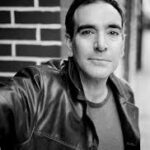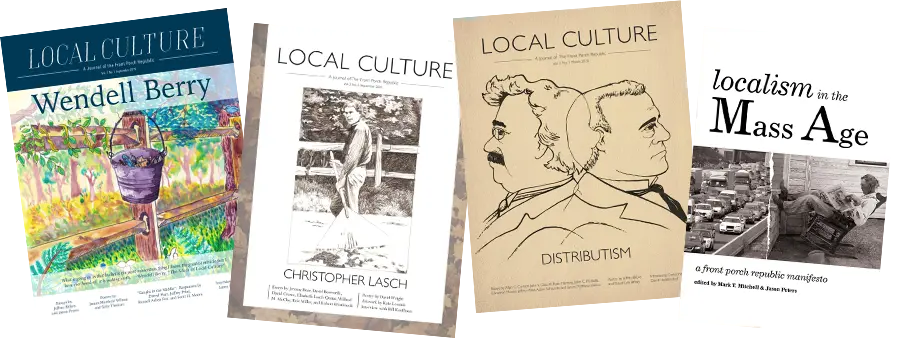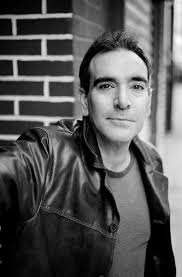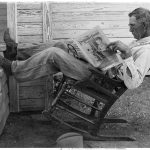With The Catcher in the Rye (1951), J.D. Salinger wrote not only one of the greatest novels of all time but what would become one of the most storied. Since the 1960s, it has been banned in many school districts, mostly for “foul language” but also for sexual content (including homosexuality). John Hinckley Jr. claimed in 1981 that it, along with Jodie Foster, inspired him to shoot President Reagan. The book, it seems, holds a strange power to offend and possess.
Salinger grew up on Park Avenue, just east of Fifth Avenue, which runs along Central Park. He also set a short story there, “The Laughing Man” (published in 1953). He no doubt knew the park intimately. Holden Caulfield, the 16-year-old “hero” of The Catcher in the Rye, goes there mentally or physically on seven separate occasions in the course of the relatively short novel. The park in general and the Pond in particular occupy vast psychic space in Holden’s mind. His concern for what happens to the ducks on the Pond in the winter is an idée fixe for him.
His thoughts wander to the Pond while he is “shooting the bull” with a teacher at the school from which he has been expelled:
The funny thing is, though, I was sort of thinking of something else while I shot the bull. I live in New York, and I was thinking of the lagoon in Central Park. . . I was wondering where the ducks went when the lagoon got all icy and frozen over. I wondered if some guy came in a truck and took them away to a zoo or something. Or if they just flew away.
Once he is back in New York City, he asks two separate cabbies driving him through the park if they know what happens to the ducks at the Pond. The second one, Horwitz, becomes flustered when asked about them and makes an insistent claim about the fish there. In a manic excitement that makes Holden fear “he was going to drive the cab into a lamppost or something,” Horwitz insists the fish become fixed immovably in the ice and eat by absorbing “seaweed and crap that’s in the ice” through their pores. That this is absolutely false hardly matters. Horwitz’s claim (“They can’t just ignore the ice”) resonates on a figurative level since Holden is, like the fish described here, “frozen right in one position.” He is frozen in that he cannot accept the death of his little brother Allie from leukemia three years before the events of the novel. He is frozen in that he repeats behavior: he has been expelled four times.
Holden does finally go to the Pond late at night in a state of inebriation to learn the answer to his question. The Pond’s surface is half-frozen and, though he walks the whole way around the shore, he sees not a single duck. The query, “where do the ducks at the Pond go in the winter?,” is never answered in the novel. It is so cold outside that Holden starts to become literally encased in ice: “Boy, I was still shivering like a bastard, and the back of my hair, even though I still had my hunting hat on, was sort of full of little hunks of ice.” Eventually, though he only has three dollar-bills, five quarters and a nickel left, he “skips” the change across the unfrozen surface of the Pond in an intentional act of waste. He knows he will have to face his parents when the money runs out and, at this point, is hastening rather than delaying the inevitable.
Holden’s memories of his dead brother Allie and his now ten-year-old sister Phoebe also focus on the park. We learn that the three of them regularly went to the Model Boat Pond together so that Allie could sail his boat across it. Holden’s days alone in the city are haunted and haunting. Wherever he goes, he finds ghostly memories of Allie and Phoebe in happier days. He himself, in turn, makes ghostly visitations to places where he had pleasant childhood experiences.
When he goes to the park on a Sunday in the hope of finding his sister roller-skating, it is clear that his depression is becoming more acute. He starts seeing ugliness everywhere around him, as he later sees “Fuck you” scrawled everywhere. Salinger gives us Central Park through Holden’s eyes:
There didn’t look like there was anything in the park except dog crap and gobs of spit and cigar butts from old men, and the benches all looked like they’d be wet if you sat down on them. . . It didn’t seem at all like Christmas was coming soon. It didn’t seem like anything was coming soon.
Holden goes to “the same place [he] used to like to skate when [he] was a kid.” There he encounters not his sister but a ten-year-old surrogate for and acquaintance of Phoebe. In his loneliness, he talks to her and helps her tighten her roller skates. When he asks if she’d like to have a hot chocolate with him, he isn’t being creepy but curious. This novel is, among many other things, a rite of passage, and Holden insists on revisiting and understanding childhood thoroughly before consenting to bear the burden of maturity.
The climactic scene also takes place in the park. After deciding to hitchhike out West, get a job, and start over, Holden informs Phoebe of his intention with a note and asks to see her one final time. When she comes to meet him with luggage and insists that he take her along with him, he realizes his plan is untenable. They quarrel, and Holden uses attractions in the park to smooth things over with her.
They are reconciled at the carousel. Rather than joining her on it, however, Holden sits like a parent and watches her ride, indicating his acceptance of an adult role:
Then the carousel started, and I watched her go round and round… All the kids tried to grab for the gold ring, and so was old Phoebe, and I was sort of afraid she’d fall off the goddam horse, but I didn’t say or do anything. The thing with kids is, if they want to grab for the gold ring, you have to let them do it, and not say anything. If they fall off, they fall off, but it is bad to say anything to them.
The carousel that Salinger describes in this passage was destroyed by a fire in 1950, and the current one does not have a “gold” brass ring for children to reach for. But, goodness, that passage is luminous. Over the past seventy some years, probably tens of thousands of high school students have written essays in which they interpret “the gold ring” as a symbol of hope. Bless them for it. I can think of no more heartening essay to write or read.
This essay is excerpted from Aaron Poochigian’s forthcoming Four Walks in Central Park
Image via Picryl





